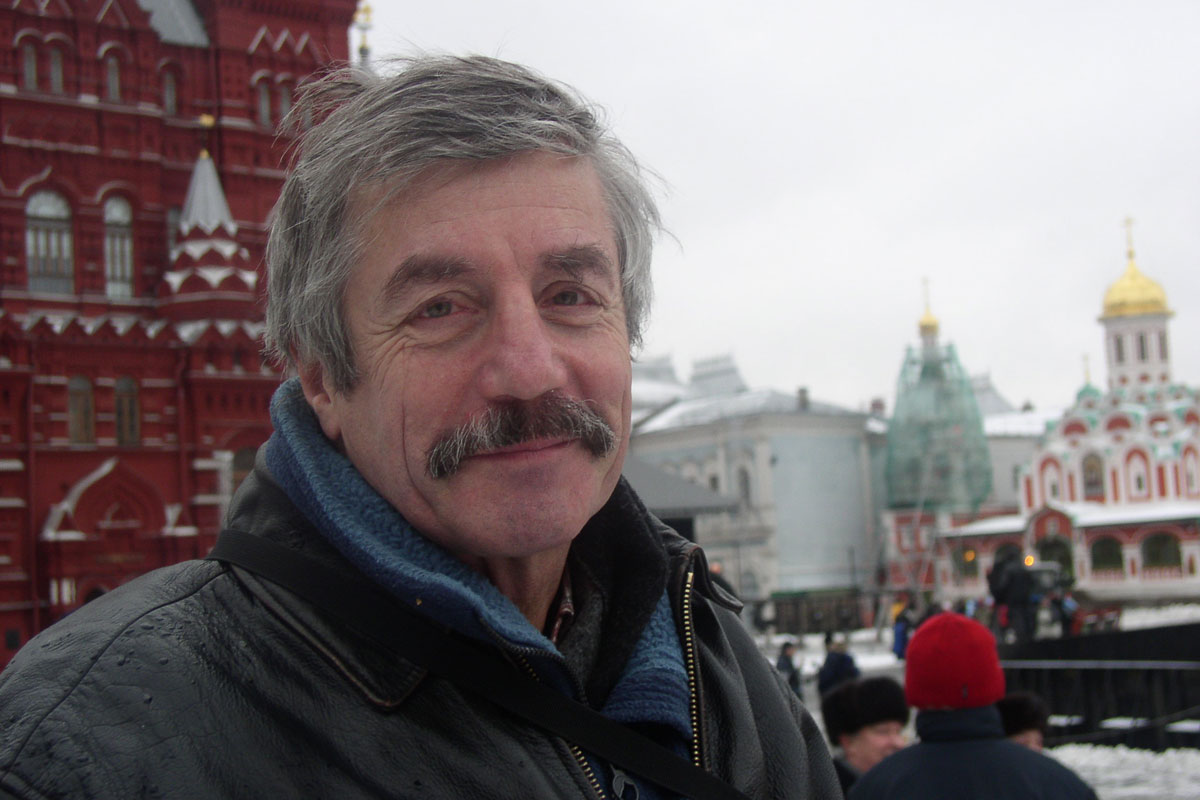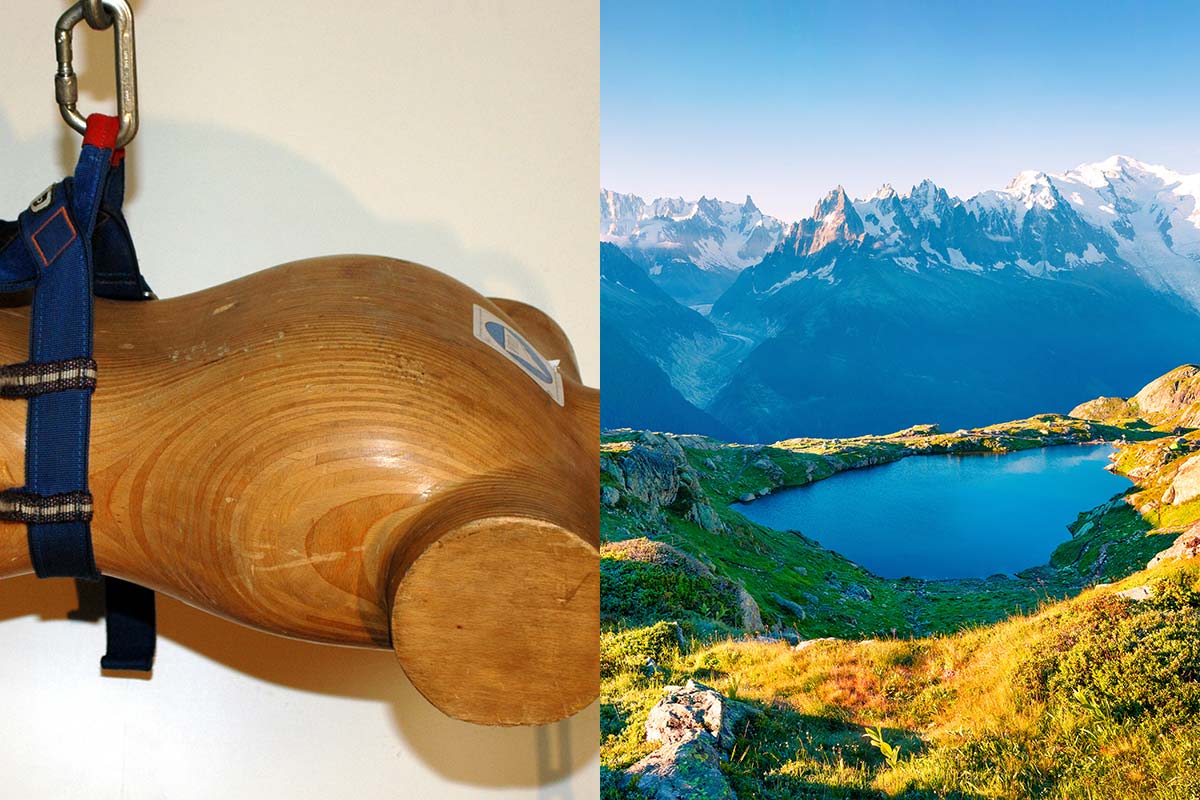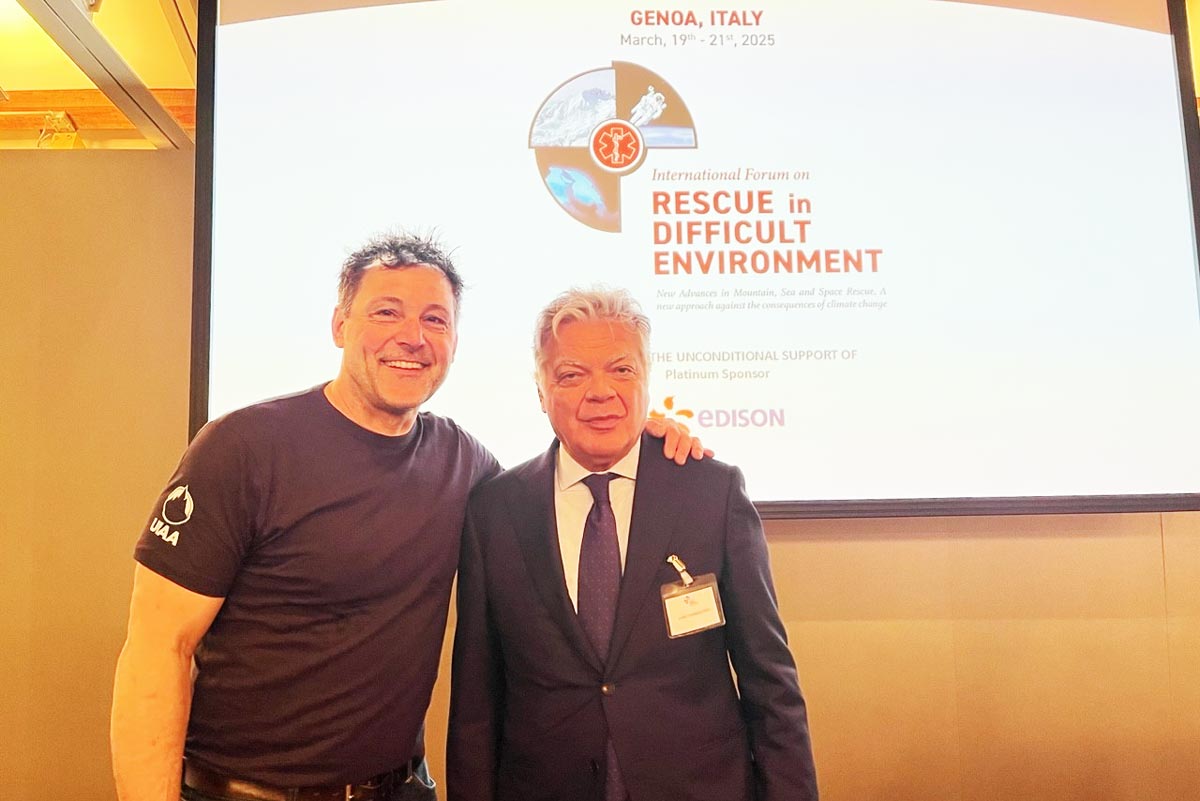There is possibly nobody currently associated with the UIAA – International Climbing and Mountaineering Federation – who has served as many roles within the organisation over nearly thirty years as a volunteer than Pierre Humblet. As a member of the UIAA Council (Management Committee), Legal Expert, Mountaineering Commission President, Vice President, acting UIAA President and today as President of the UIAA Court.
LEGAL BEGINNINGS
Pierre Humblet was born in January 1945 during the embers of the Second World War and the “von Rundstedt” offensive in the Belgian Ardennes. Son of a medical doctor, Pierre qualified in law from Liège University and alongside this, as a free student, studied mathematical logic and philosophy of science. This led to his progression as a lawyer where he specialised in insurance and liability. Pierre still runs a law firm in Liège and for many years has served as director of a network of insurance lawyers based in the United States. He is also an arbitrator for the Belgian Arbitration Court for Sport and teaches courses to sports instructors (climbing, hiking, and mountaineering) on these same subjects.
STEADY STEPS INTO MOUNTAINEERING
“Nothing predestined me for mountaineering. My family’s sport was tennis,” explains Pierre. “However, I do have two recollections. Our first family vacation abroad was in Switzerland. I was five years old and kept asking my parents to hike a few surrounding peaks. I also remember my father sitting on a folding chair, on the left bank of the river Meuse, facing the Freyr rocks, fascinated by the climbers he watched through his binoculars as they moved up the crag. But I never imagined it would be my future pastime. I played tennis, football, judo and cycled.”
Pierre discovered into mountaineering quite late. His passion as a young adult was adventure travel especially to the Orient. “Once a year, and sometimes more, I used to make a long trip to the Middle East, most of the time with my wife Odette driving our car from home. Once, for example, we visited Afghanistan as far as Mazār-i-Sharīf in the north. These adventurous trips were extremely hard, especially for a woman. So my wife expressed her desire to enjoy a more traditional vacation in Europe.” The Humblets began to visit East Tyrol where Pierre explored climbing with more fervour. “I bought some stiff mountain shoes and a sturdy pole, started solo ascents, including snowfields and glaciers until I realised the dangers,” he reflects. “We continued to the Italian Dolomites where I saw climbers attacking magnificent faces, often vertical or overhanging. I was afraid for them and I thought it would never be for me. Yet less than six months later, I had my first proper climbing shoes and the Dolomites became my favourite playground.”
To prepare for his excursions in the Alps and to make up for lost time, Pierre trained intensely and with passion for between 15 and 20 hours a week in the Belgian rocks, in summer and in winter, under the sun, rain or snow. “I soon realised that you had to acquire technical skills on the one hand and on the other hand find some serious teammates. So I studied all the technical manuals I could find and signed up to the local section of the Belgian Alpine Club. Here I met my first real climbing companions.”
Together with his new friends, Pierre also participated in the development of some of the rock climbing areas located along local rivers. “It was a fascinating time because it was the end of artificial climbing for me,” he recalls. “I could still practice and free climbing was becoming the standard. Some called me “the old Belgian” because I used to make routes wearing rigid shoes which were no longer in fashion but nevertheless particularly useful for example in winter under the snow.”
ROLE WITH BELGIAN ALPINE CLUB
Like many of the volunteers working with the UIAA, a passion for climbing resulted not only in Pierre joining a climbing club but playing an active role. His legal background made him a natural candidate to serve as secretary of his local Belgian Alpine Club. “I was devoted and passionate, and soon became President of the Belgian national federation, under circumstances which are still very mysterious to me.” (Pierre was selected on merit of his impartiality by one of the leading officials of the federation who sadly had to vacate his role due to a terminal illness).
Pierre continues: “It was a difficult period because of the linguistic and political quarrels dividing Belgium. It is, however, one of my great personal satisfactions to have succeeded in being above these disputes to such an extent that when our national federation was a joint body bringing together six Flemish and six Walloon administrators, to be sure that I would be elected, I was sometimes presented simultaneously as a French-speaking administrator and as a Flemish-speaking one as well and elected on both sides. Of course, I immediately submitted my resignation for the post which did not really correspond to my linguistic reality. The problem was later solved by an amendment to the statutes allowing the 12 directors to elect an external President and I no longer had to be elected but was chosen by the board to chair it.”
BEGINNINGS WITH THE UIAA
Pierre’s first contact with the UIAA was in 1992 at the General Assembly in Matsumoto, Japan. At the time, the President of CAB-BAC (Belgian Alpine Club) made this type of trip at their personal expenses in a spirit of patronage. Pierre’s predecessor was a member of the UIAA Council, equivalent to the current Management Committee. Pierre temporarily held his seat until the next elections where he was re-elected personally, on merit of his “technical skills”.
Pierre became an integral part of the Council, noted his interventions to ensure member federations were integrated on a greater basis and desire for decisions taken “in a small committee” to be reduced. Particularly those concerning nominations.
One of the permanent debates in the 1990s was that of the languages in the UIAA. At the time, like in the Olympic world, the UIAA was bilingual, French – English. “It was an added value, but it also had a financial price,” explains Pierre. “For this reason, some people were pushing for the exclusive use of English. But it needed a two-thirds majority to change the articles. I was the advocate of bilingualism because, at the time, many representatives of Latin-speaking countries, such as Spanish or Italian, felt more comfortable communicating in French. Things changed when those who had German as a first or second language, expressed the wish, if French remained in this position, to see German also appearing among the official languages. It was too expensive, so monolingualism won out finally. One of the temporary effects has been the greater presence of English speaking people in a significant number of positions in our international federation.”
CREATING A UIAA LEGAL ENTITY
Pierre’s professional experience from the world of insurance and the fact that federations knew that one of the first reasons for affiliation of physical members is access to insurance coverage (civil liability and individual coverage) led to the UIAA Council asking him to chair a small working group on the subject. Among the rare UIAA archives existing at the time, Pierre discovered paperwork proving that the subject had already been broached in the past. “We made a report which I presented at the next Council meeting,” recalls Pierre. “It was well received but unfortunately without follow-up.”
In retrospect, this working group was the embryo of today’s Legal Experts Working Group (please refer to volunteer profile on Klara Dvorakova) created within the Mountaineering Commission, of which Pierre was both a founder member, vice President, and for ten years, its President (more later).

BECOMING PRESIDENT
For several years, Pierre participated as a representative of the UIAA in meetings organised by the European Union which sought to determine the role of sport in Europe with a view to setting its long-term policy. The prevailing idea was that sport was a ranked competition with evolution within it according to success and loss. Pierre was able to organise a small informal group bringing together cavers and air sports with mountaineers to lobby for acceptance that sport was not just a competition against others. “To the great displeasure of some federations the final white paper was amended to state that there was not a sole model for sports in Europe,” explains Pierre, continuing. “But the big debate was undoubtedly the place of competitive sports in the UIAA.”
This conversation would dominate much of the early 2000s for both the UIAA and its members. “On my desk I have a precious Le CorrèZe knife, in a wooden box engraved “The CISAC (followed by an engraving of the UIAA logo) to Mr. Pierre HUMBLET President of the Belgian Alpine Club“. CISAC was the Comite International De Ski-Alpinisme De Competition and applied to join the UIAA. I had campaigned in favour of this request, because my aim was to bring together under the banner of the UIAA all sports relating to climbing and mountaineering, and the Council and then the General Assembly had agreed to host ski mountaineering competitions. Unfortunately, at the same time, some officials were showing contempt for competitive sports and those of us who had helped develop them. This ultimately a gulf with what became sport climbing on artificial structures and a separate federation.” Pierre also helped organise the first Belgian Ski Mountaineering Championships and supported the sport’s steps in becoming part of the official Winter Olympic Games competition programme. Likewise this sport is also now organised by a separate body.
Under this backdrop, and during the 2005 UIAA General Assembly in Singapore and in his capacity as UIAA Vice President, Pierre was asked to take over acting Presidency of the UIAA and to prepare a project for its reform. To achieve this Pierre met with representatives of federations in all continents. “It was important for me to avoid any perceived Eurocentrism. Through meetings in different parts of the world, I believe I sought the opinions of as many of the UIAA member federations as possible. I then developed the project of a multidisciplinary federation where everyone could find their place and consideration, from mountaineering to competitive climbing, from ice climbing to ski mountaineering and other mountain sports. Most of the national member federations are bringing together practitioners of all climbing and mountain sports. My attempt was unfortunately late, as competition climbing on artificial structures was already underway. The only thing that will remain of my efforts will be the subsequent creation of a new category of UIAA members, namely ‘Unit Members’.”

REBUILDING PROCESS
During this time Pierre helped steer the UIAA into the 21st century. At an office level, there was only one desktop computer, lost archives and a general lack of modernisation and structure.
“Finances being what they were, if the Board had to be convened as often as possible, it was also necessary to reduce physical travel which generated significant costs. So I organised the first UIAA Board meetings by conference call,” explains Pierre. This set a precedent for the Board to meet more often remotely, reducing expenses and carbon footprint, and indeed for the online meetings which have become the norm in 2020.
Other steps implemented under Pierre’s leadership included the publication of an electronic monthly newsletter, replacing the annual or biannual publications sent by post to federations. Something the UIAA still distributes to this day.
When his time as acting President came to an end, Pierre was offered the chance to succeed Eliza Moran as President of the Mountaineering Commission. “It is certainly the most attractive and rewarding position I have held in my career with the UIAA,” he admits. “I think that my most interesting and satisfying UIAA work has been the collaboration with The Petzl Foundation. I was able to initiate this agreement when I was President of the UIAA and continued it as President of the Mountaineering Commission. This led to the publication of Memento, known in English as the Alpine Summer Skills Handbook.” Today this guide is published, in partnership with different UIAA members, in numerous languages.
REFLECTIONS
“The UIAA has given me joys and sorrows,” closes Pierre. “Among the former are the encounters with some exceptional people and in the latter some attitudes that are often too “political”. I hope I was able to give something back to the UIAA. But I have not yet finished my career since I am currently President of the Court, a body which appeared for the first time in the reform project that I initiated.” As he embarks on 30 years of volunteering for the UIAA, Pierre remains has committed as ever and for all delegates one of the go-to people for advice and information.
OTHER ARTICLES IN SERIES
#1 – Klara Dvorakova
#2 – Lionel Kiener
To discover more about the UIAA and Safety please click here.



